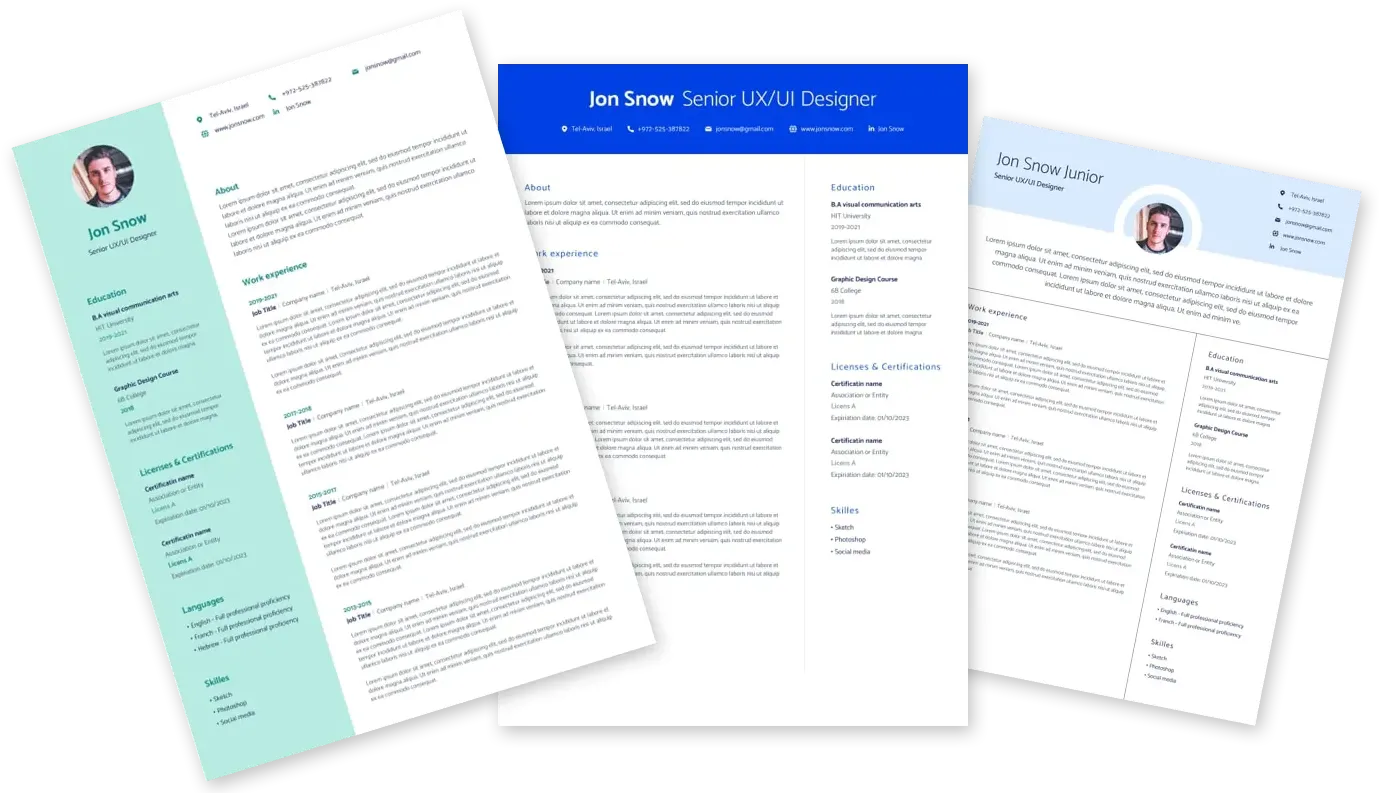
המקום בו המומחים והחברות הטובות ביותר נפגשים

Airbnb Senior Manager Strategy Implementation India, Haryana, Gurugram 688016350
21.08.2025
Stakeholder Management:
- Collaborate with executive-level management in the development of performance goals and long-term operational plans.
- Build and maintain relationships with all department heads, external partners and vendors to make decisions regarding operational activity and strategic goals.
- Educate stakeholders with standard transition methodology components, likely adaptations of the solution, as well as knowledge of recent transitions and changes that were made to the standard methodology.
- Ability to coordinate with stakeholders and ability to effectively address the needs and expectations.
- Ability to work with executive stakeholders and governance/report at the country leadership level.
Design and lead operations of multiple departments:
- Take end-to-end ownership of one or more departments.
- Define goals for your departments. This will require a thorough understanding of customer needs, both existing and potential.
- Define, implement and own the required org structure.
- Enable your team to ensure quality delivery in all these departments ○ Establish & execute benchmark Quality Assurance.
Design blueprint:
- Divide the solution proposed into multiple projects. Prioritize projects on the basis of impact and effort required.
- Construct, develop and execute key operational strategies.
- Develop and oversee service strategies in coordination with organizational goals and competencies.
- Produce, develop and refine Standard Operating Procedures (SOP) ○ Break down the projects further into actionable steps.
- Stitch the different steps together to form one comprehensive blueprint for the project.
- Seek input from peers to iterate. Present the blueprint to the senior management to get them on-board.
Implement:
- Define the approach for all the actionable steps.
- Build required processes with a focus on accuracy, efficiency and scalability. Try to automate as much as possible.
- Define and set up KPIs to monitor the health of the project.
- Prepare implementation guidelines. Identify resources to work with ○ Ensure training of personnel involved and identify specific/periodic training programs if need be.
- Solve queries raised by the team. If similar queries are raised frequently, incorporate in the implementation guidelines and train the team.
Monitor the growth and health of your Departments:
- Define and set up KPIs to monitor the health of the departments.
- Set up a monitoring protocol and design MIS reports.
- Manage escalated operations issues and determine proper Issue Resolution.
- Establish, deliver, manage and maintain the adoption of business controls that allow the organization to quickly identify trends and potential issues.
- Escalate in case of any non-compliance to set guidelines, quality issues etc.
- Identify New Projects from Department MIS and reviews. Modify blueprint and processes related to it which may lead to a better outcome.
- Evaluate regularly the efficiency of business procedures according to organizational objectives and apply improvements.
Hybrid Work Requirements & Expectations:
To support productivity and maintain a professional hybrid work environment, employees are expected to adhere to the following:
- Workspace : A dedicated, quiet, and private workspace free from interruptions and external noise
- Internet Connectivity : During the working hours, maintain a minimum and consistent internet speed of 10 Mbps on your official devices to ensure reliability for work-related tasks, including calls and virtual meetings
- Professionalism: Employees must remain fully engaged, respectful, and maintain a professional presence during virtual meetings, with video participation required unless otherwise approved.
- Confidentiality & Security: Employees are responsible for protecting Airbnb’s Intellectual Property and Confidential Information. Work-related activities, including calls and meetings, must not be conducted in public places, while traveling, or in any setting that may compromise confidentiality or work quality.
Offices: Gurugram, India
משרות נוספות שיכולות לעניין אותך
